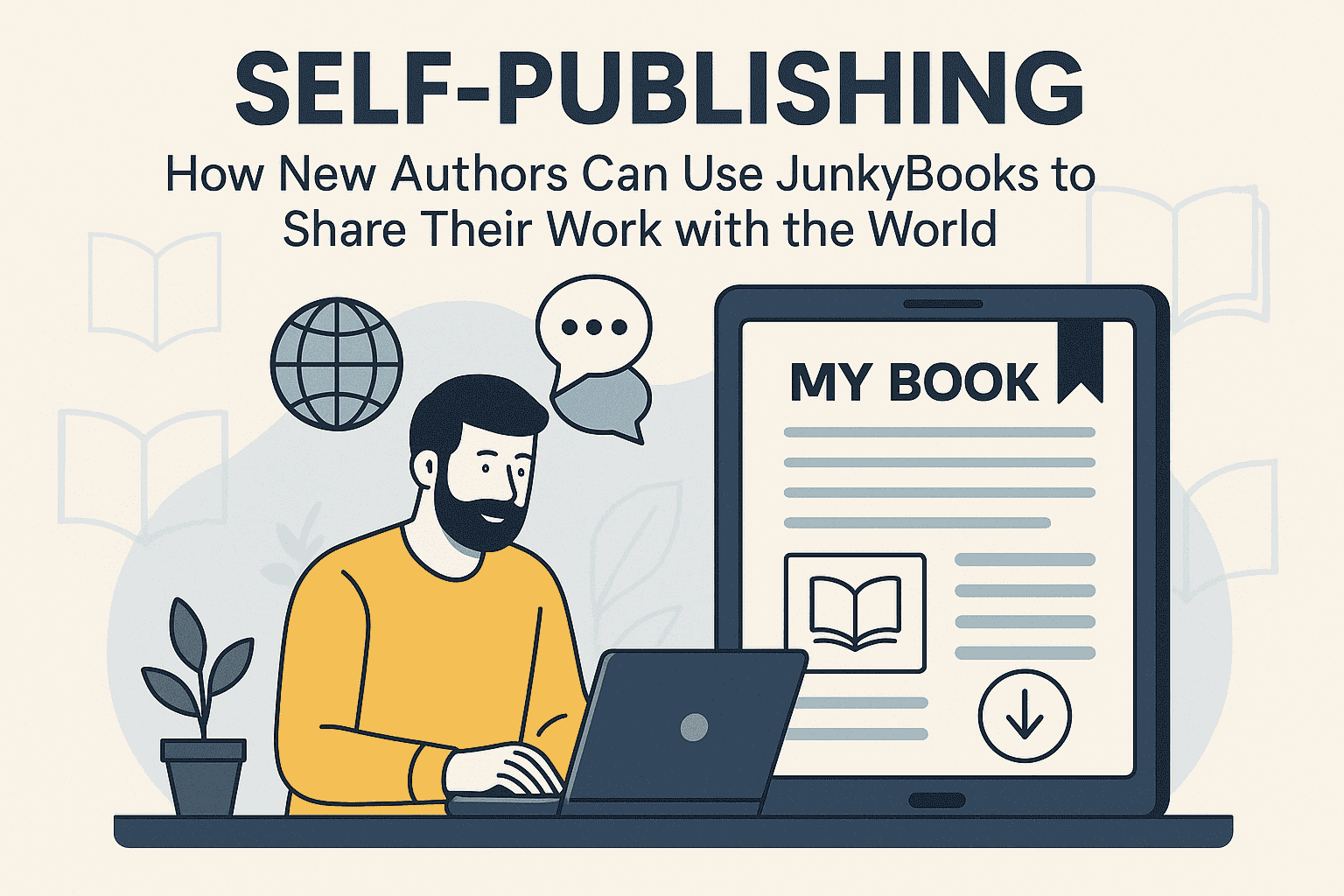The Poetic Genius of Emily Dickinson: Unraveling Her Unique Style
Emily Dickinson stands as one of the most enigmatic and brilliant poets in American literature. Though largely unpublished during her lifetime, her poetry has since become a cornerstone of literary study, celebrated for its depth, brevity, and striking originality.
Her unique style, characterized by unconventional punctuation, short lines, slant rhyme, and deep introspection, sets her apart from her contemporaries. By exploring her themes, techniques, and lasting influence, we can better appreciate Dickinson’s poetic genius.
A Style Unlike Any Other
One of the most immediately recognizable aspects of Dickinson’s poetry is her innovative use of punctuation and syntax. She frequently employed dashes, irregular capitalization, and abrupt line breaks. These stylistic choices create a sense of immediacy and intensity, as if her thoughts are bursting onto the page unfiltered. Unlike the structured and polished poetry of her time, Dickinson’s verse feels raw and unrestrained, drawing readers into her inner world.
For instance, in her poem “Because I could not stop for Death”, Dickinson’s use of dashes and pauses mimics the slow yet inevitable passage of time:
Because I could not stop for Death – He kindly stopped for me – The Carriage held but just Ourselves – And Immortality.
Here, the dashes create a hesitant, almost breathless quality, reflecting the uncertain journey toward the afterlife. This technique forces the reader to slow down and absorb each word, mirroring the movement of the carriage carrying the speaker toward eternity.
Themes of Death, Nature, and Identity
Dickinson’s poetry often grapples with weighty themes such as mortality, nature, and personal identity. Her contemplations on death are particularly striking, as she neither fears nor glorifies it, but rather explores its inevitability with curiosity and acceptance. Poems like “I heard a Fly buzz – when I died” present death as a mundane, almost indifferent process rather than a dramatic event.
Her connection to nature is another defining feature of her work. Dickinson saw nature as both a source of beauty and a mirror for human emotions. Her keen observations of the natural world led her to write profound, concise reflections on flowers, bees, and the changing seasons. For example, in “A Bird, came down the Walk”, she captures the delicate yet brutal reality of nature:
A Bird, came down the Walk – He did not know I saw – He bit an Angleworm in halves And ate the fellow, raw.
Her sharp imagery and attention to detail make even the smallest natural event resonate with deeper meaning.
The Power of Slant Rhyme and Economy of Words
Unlike her contemporaries, who often favored perfect rhyme and elaborate phrasing, Dickinson employed slant rhyme—a technique where words have similar but not identical sounds. This choice gives her poetry a musical yet unpredictable quality. For instance, in “I dwell in Possibility”, she pairs words like "fair" and "air," creating an off-kilter harmony that enhances the poem’s ethereal quality.
Her economy of words is another hallmark of her style. While some poets used long, flowing lines to express their thoughts, Dickinson distilled complex ideas into just a few words. Her brevity forces readers to engage deeply with each line, uncovering layers of meaning beneath the surface.
Dickinson’s Influence on Modern Poetry
Despite her reclusive life, Dickinson’s influence on modern poetry is immeasurable. Her daring experimentation with form, punctuation, and rhyme paved the way for later poets such as Marianne Moore, Sylvia Plath, and Adrienne Rich. Contemporary free verse and minimalist poetry owe much to Dickinson’s bold departure from traditional structures.
Moreover, her introspective and deeply personal approach to writing anticipated the confessional poetry movement of the 20th century. Writers like Plath and Anne Sexton, who explored themes of identity, mental illness, and femininity, can be seen as literary descendants of Dickinson’s fearless self-exploration.
Conclusion
Emily Dickinson’s poetry remains as powerful and relevant today as it was in the 19th century. Her innovative use of punctuation, slant rhyme, and condensed language creates an intimate and deeply engaging experience for readers.
By embracing themes of death, nature, and personal identity with unparalleled honesty, she carved out a literary space uniquely her own. Her influence continues to shape modern poetry, proving that true poetic genius transcends time. Through her work, Dickinson invites us to see the world through her eyes—one dash, one breath, one striking image at a time.








